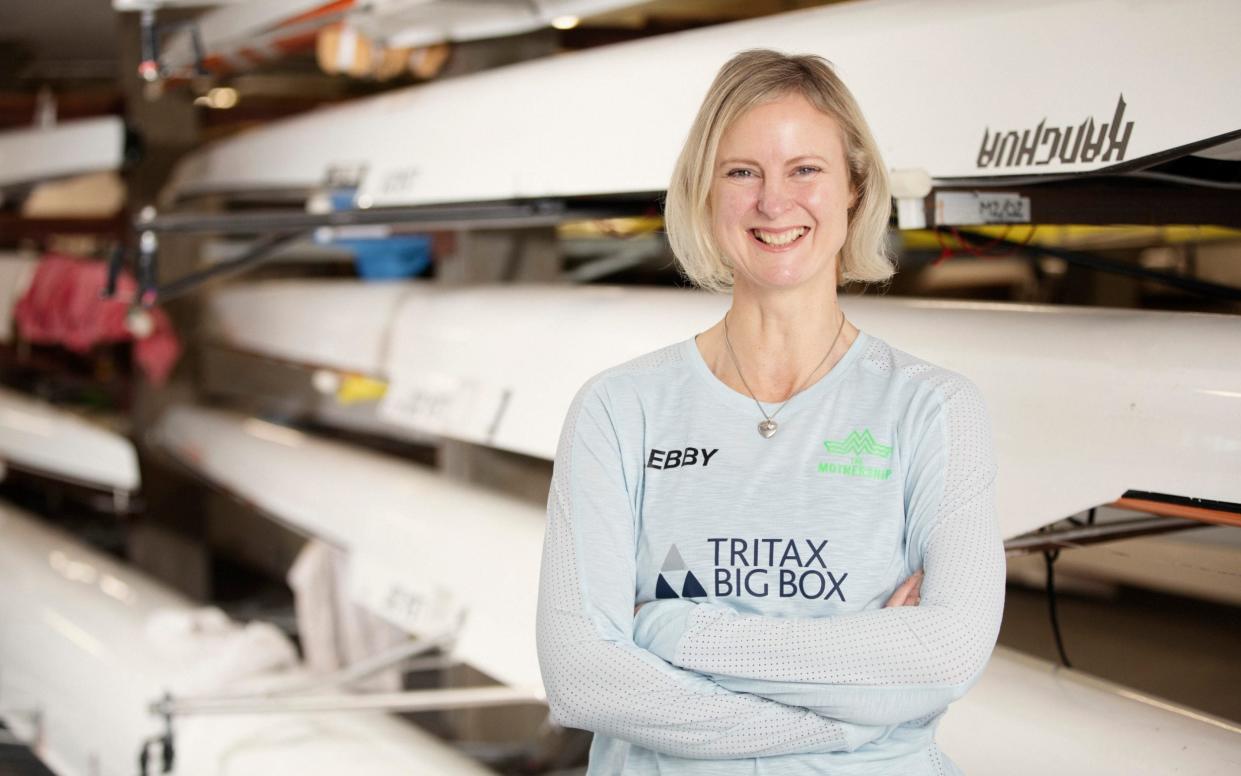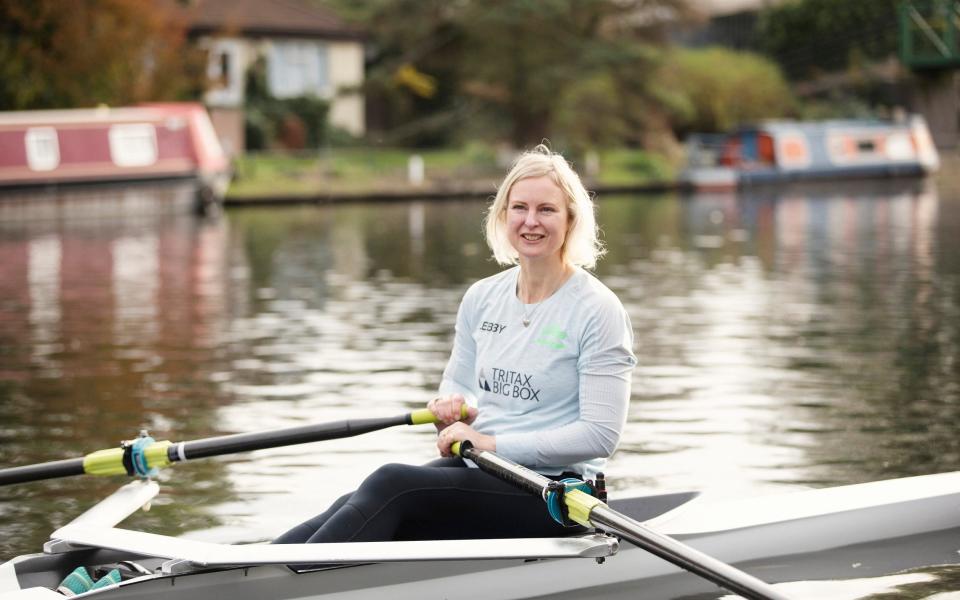‘I may be 50, but my body age is 35 and I’m about to row the Atlantic’

As I get ready to take on one of the toughest physical challenges in the world, it seems bizarre to look back at my booze-fuelled 20s and 30s, when I used to roll out of bed with a hangover most mornings. Despite being an Oxford Blue and rowing for England, I’d hung up my oars in 1995, and embraced a party lifestyle, first as a TEFL teacher in Seville and then as a journalist in London.
It was losing my mum June to breast cancer that got me moving again. In 2010, when my youngest child was just nine months old, I channelled my grief into raising money for charity, and did the 26.2-mile Moonwalk, organised by breast cancer charity Walk the Walk. Throughout my 40s, I continued power-walking marathons, including London, Edinburgh and Paris. Everyone asks why I don’t run, but I don’t have the physique for it, and think speedy walking is a perfect way to get fit as you get older.
A few years ago, I chucked away my scales and invested in a body composition monitor. It tells me my body fat percentage, my muscle mass and, most revealingly, my metabolic body age – or how old I am on the inside. The good news was that walking and my busy office job kept my fitness at a reasonable level.
But everything went haywire when I got made redundant and embraced working from home. Suddenly, those stats spiralled out of control, and never more so than after a period of quarantine at the end of summer last year. My body fat was 37 per cent, and my body age hit 58. I was 49 at the time.
I was horrified, not least because I thought I was fit. I’d started rowing again, and during lockdown, I’d walked long distances and practised Pilates regularly. But even though my weight remained the same, my body was changing for the worse on the inside.
It was a real wake-up call. Even though I was exercising a lot, I wasn’t really pushing my body out of its comfort zone – and lockdown meant I was losing out on daily incidental movement, too. When it ended in March, I upped the ante, introducing brutal, 500m interval sprints in my single scull. Finally, I started to see changes.
But my real breakthrough came when I signed up to take part in the Talisker Whisky Atlantic Challenge, a 3,000-mile unsupported rowing race from La Gomera to Antigua, after a member of a friend’s crew dropped out. The timing was serendipitous – lengthy double outings on the tidal river in Ipswich with my sculling partner had toughened me up sufficiently. From the moment I first stepped onto ‘the Mothership’, I’ve loved being on board. Being on the water is a mindful experience that washes stress away – although no doubt the Atlantic will be scary at times.
Now, after weeks of intensive ergometer and EMS (electro muscle stimulation) sessions as well as water training, the lowest I’ve seen my body age is 35, with body fat of 26 per cent. These figures bounce around according to hydration levels but the trend is downwards. Muscles are reappearing and I have so much more energy. After our 36-hour training row in the summer, when we didn’t sleep for more than two hours at a time, I felt superhuman rather than shattered.
I’ve learnt we can push our bodies far in our 50s, as long as you spend the time laying the groundwork. I’m just hoping I’ve done enough to get me 3,000 miles across the ocean!
My workout week

Outings in the ocean rowing boat are few and far between so I train at my rowing club, the Lea, where I do at least two 10k outings on the water a week. The worst session is a two-hour low-rate piece on the rowing machine, and I balance that with faster work, like two sets of 20 minutes, with 20 minutes of active recovery in between. My real weak point is I find strength training boring, so it will be the session I skip, but it’s vital for the crossing. To that end, I’ve taken the cheat’s way out and am doing weekly 20-minute EMS sessions at Vive Fitness in London. Electrical pulses make your muscles contract as you train, and it’s supposed to give similar results to HIIT workouts in half the time. It’s given me abs of steel!
What I eat in a day
Breakfast: Muesli with yoghurt and fresh fruit, or a bagel.
Snack: I don’t believe in protein powders – I drink hot chocolate after exercise.
Lunch: It tends to be leftovers like lentil stew, chicken or pasta, or my favourite, mushrooms on toast.
Dinner: My French husband is the chef and I eat more meat than if I cooked. We’ll have chicken and lardons in a cream sauce, or pork tenderloin.
Guilty pleasure: I don’t drink every night, but I still drink too much, especially on holiday. Plus, I’m partial to a plate of fish and chips. On board, we’ll eat 4,500 calories a day.
To follow The Mothership’s journey, see Instagram or Twitter @mothership_twac


